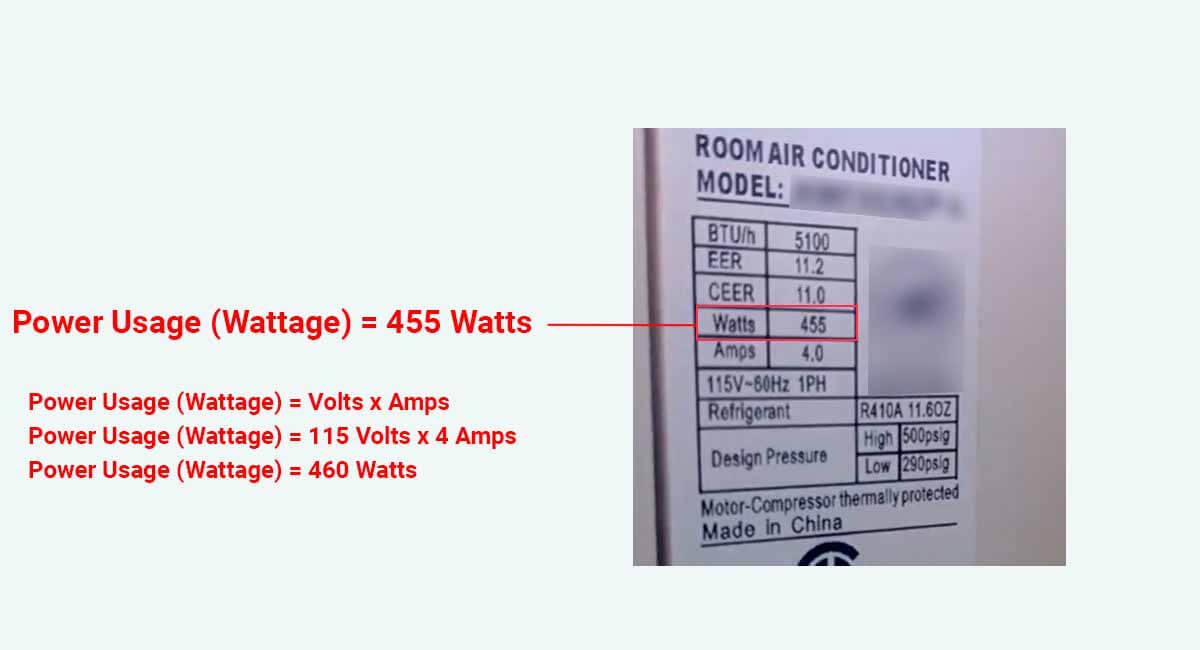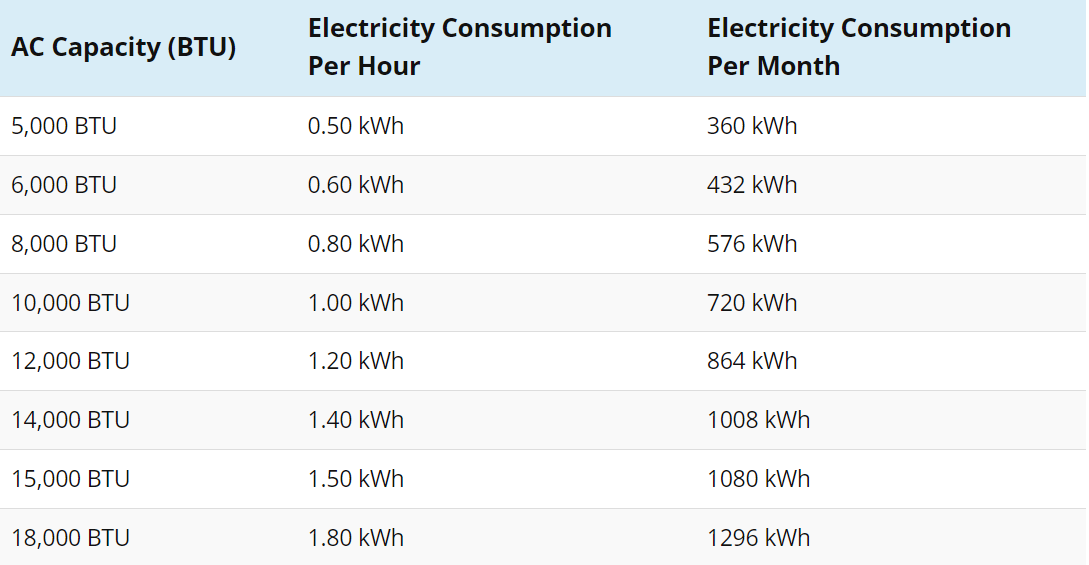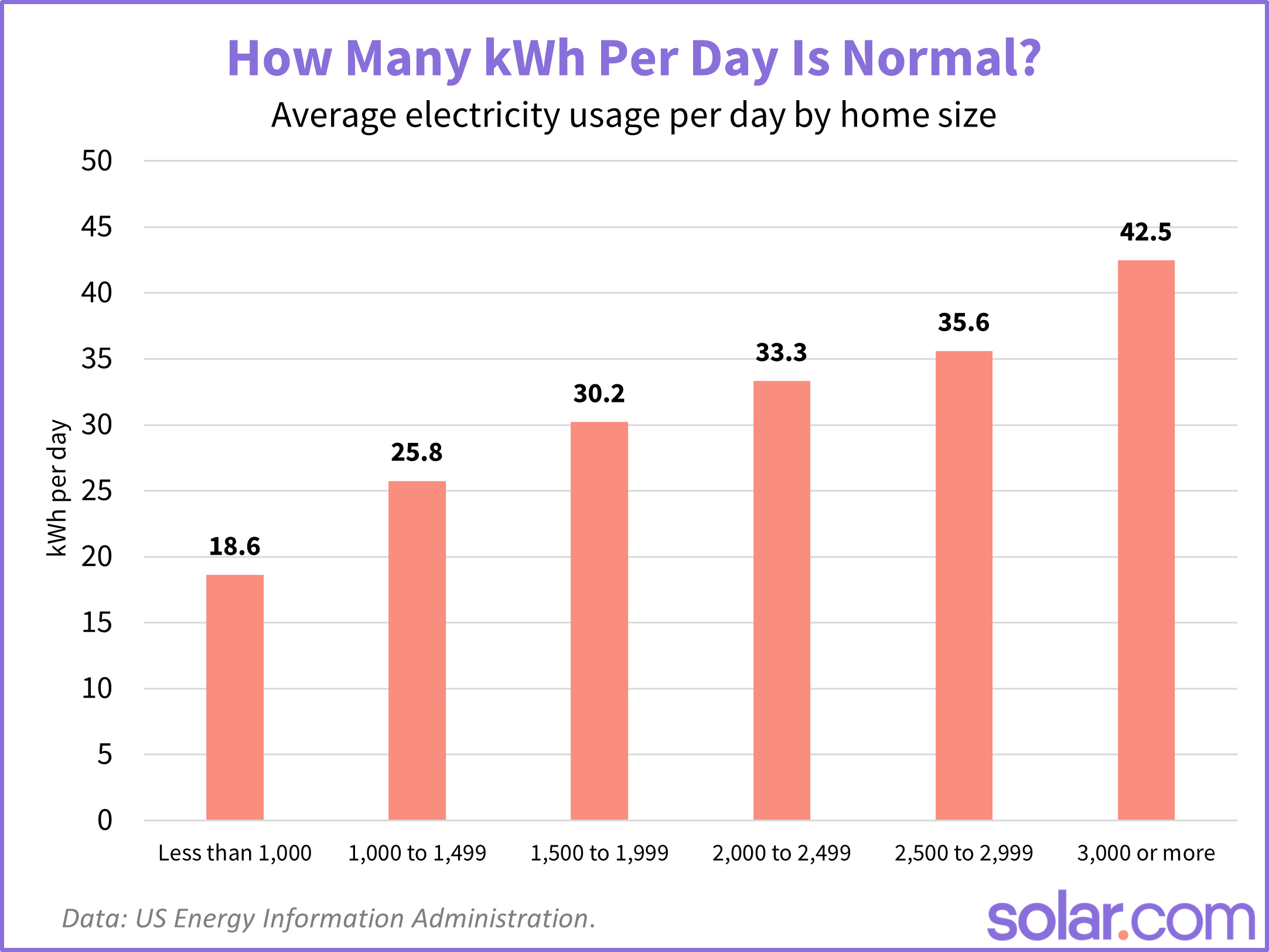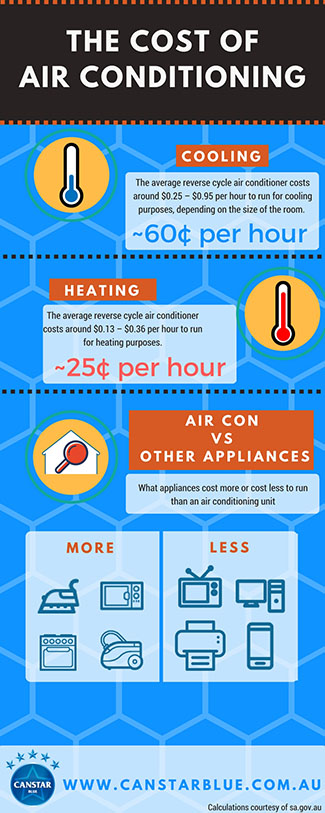How Much Electricity Does A Window Ac Use Per Day

As summer temperatures soar, window air conditioners become essential for maintaining comfortable indoor environments. Understanding their energy consumption, however, is crucial for managing electricity bills and minimizing environmental impact.
This article delves into the average electricity usage of window AC units per day, providing insights into the factors influencing consumption and offering practical tips for efficient operation. Knowing these details can empower consumers to make informed decisions about their cooling needs and energy habits.
Understanding Window AC Energy Consumption
The amount of electricity a window AC unit uses daily depends on several factors, including its size, efficiency rating (SEER), usage hours, and local electricity rates. The size of the unit, measured in British Thermal Units (BTUs), directly correlates with its power consumption.
A larger BTU rating means the unit can cool a larger space but also requires more electricity to operate. The Seasonal Energy Efficiency Ratio (SEER) indicates how efficiently the unit converts electricity into cooling power.
A higher SEER rating signifies greater energy efficiency. Furthermore, electricity rates vary significantly depending on location and utility provider, directly impacting the cost of running the AC unit.
Key Factors Influencing Electricity Usage
Several variables contribute to the daily electricity consumption of a window AC unit. One of the most significant is the BTU rating, which indicates the unit's cooling capacity.
A small room might only require a 5,000 BTU unit, while a larger room could necessitate 10,000 BTU or more. Longer usage hours naturally increase electricity consumption.
Running an AC unit for 8 hours a day will consume less energy than running it for 24 hours. The temperature setting also plays a crucial role; setting the thermostat lower demands more energy to maintain the desired temperature.
External factors, such as insulation quality and direct sunlight exposure, influence the cooling load and, consequently, electricity usage. Poorly insulated rooms require more energy to cool, as heat easily leaks in.
Calculating Daily Electricity Consumption
Estimating the daily electricity consumption involves a few simple calculations. First, find the wattage of your AC unit, typically listed on the unit itself or in the user manual.
Next, multiply the wattage by the number of hours the unit runs per day to find the daily watt-hours. Finally, divide the daily watt-hours by 1000 to convert it to kilowatt-hours (kWh), the unit used for electricity billing.
For example, a 5,000 BTU AC unit might have a wattage of 450 watts. If you run it for 8 hours a day, the calculation would be (450 watts * 8 hours) / 1000 = 3.6 kWh per day.
"Understanding your AC unit's wattage and usage habits is the first step towards managing your energy consumption effectively," says Dr. Emily Carter, an energy efficiency expert at the Environmental Protection Agency (EPA).
Average Daily Usage and Cost
Based on data from the U.S. Energy Information Administration (EIA), the average residential electricity rate in the United States is around 16 cents per kWh. Therefore, the cost of running the 5,000 BTU AC unit mentioned earlier would be 3.6 kWh * $0.16/kWh = $0.58 per day.
Larger units consume more electricity. A 10,000 BTU unit with a wattage of 900 watts, running for 8 hours a day, would consume (900 watts * 8 hours) / 1000 = 7.2 kWh per day, costing $1.15 daily.
These are just estimates; actual consumption can vary based on individual circumstances and environmental factors.
Tips for Reducing Energy Consumption
Several strategies can help minimize the electricity used by window AC units. Firstly, choosing the right size unit for the room is essential. An oversized unit will cycle on and off frequently, wasting energy, while an undersized unit will struggle to cool effectively.
Maintaining the unit is also important. Regularly cleaning the filters ensures proper airflow and prevents the unit from working harder than necessary.
Using a programmable thermostat allows you to schedule cooling only when needed. Setting the thermostat a few degrees higher can also significantly reduce energy consumption.
Improving insulation in the room can minimize heat gain, reducing the AC unit's workload. Sealing windows and doors to prevent air leaks is a simple yet effective measure.
Using fans in conjunction with the AC unit can circulate cool air and allow you to set the thermostat higher. Consider closing curtains or blinds during the hottest part of the day to block direct sunlight.
The Environmental Impact
The electricity used by window AC units contributes to greenhouse gas emissions, particularly if the electricity source is fossil fuels. Reducing energy consumption helps lower the carbon footprint and mitigates the environmental impact.
By adopting energy-efficient practices, consumers can play a role in promoting sustainability. Governments and organizations are also promoting energy-efficient appliances and renewable energy sources to reduce the overall environmental impact of cooling systems.
Ultimately, responsible energy consumption is key to balancing comfort and environmental stewardship.
In conclusion, understanding the electricity consumption of window AC units is vital for managing energy costs and reducing environmental impact. By considering factors like BTU rating, SEER, usage habits, and implementing energy-saving strategies, consumers can achieve comfortable cooling while minimizing their carbon footprint.


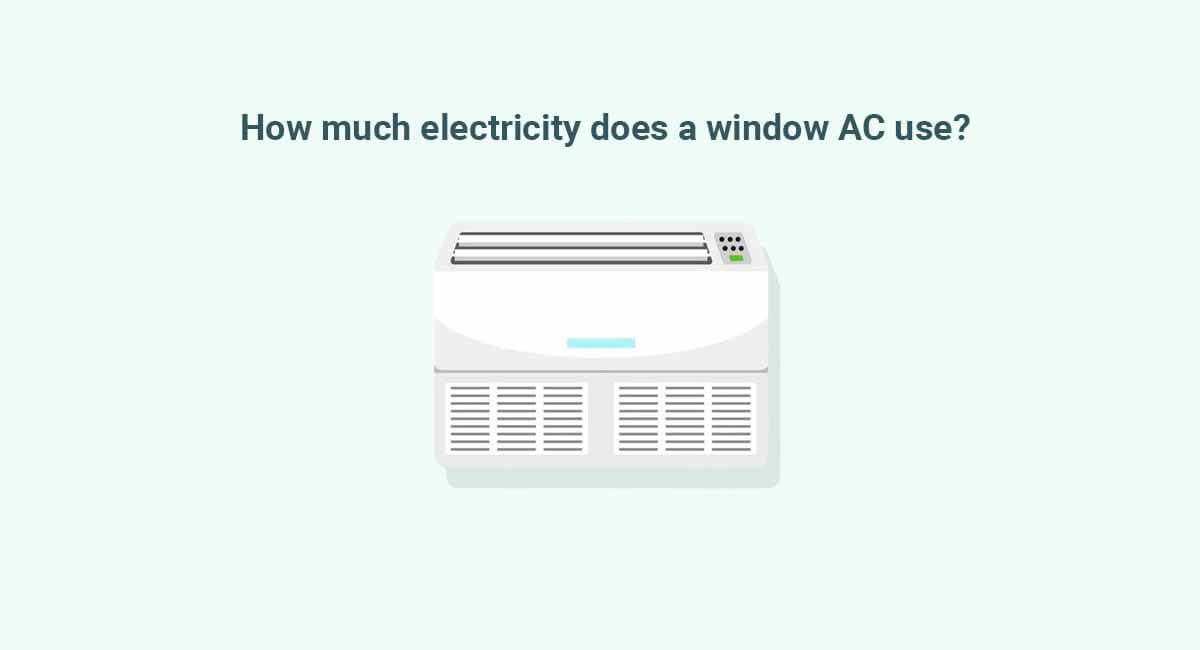
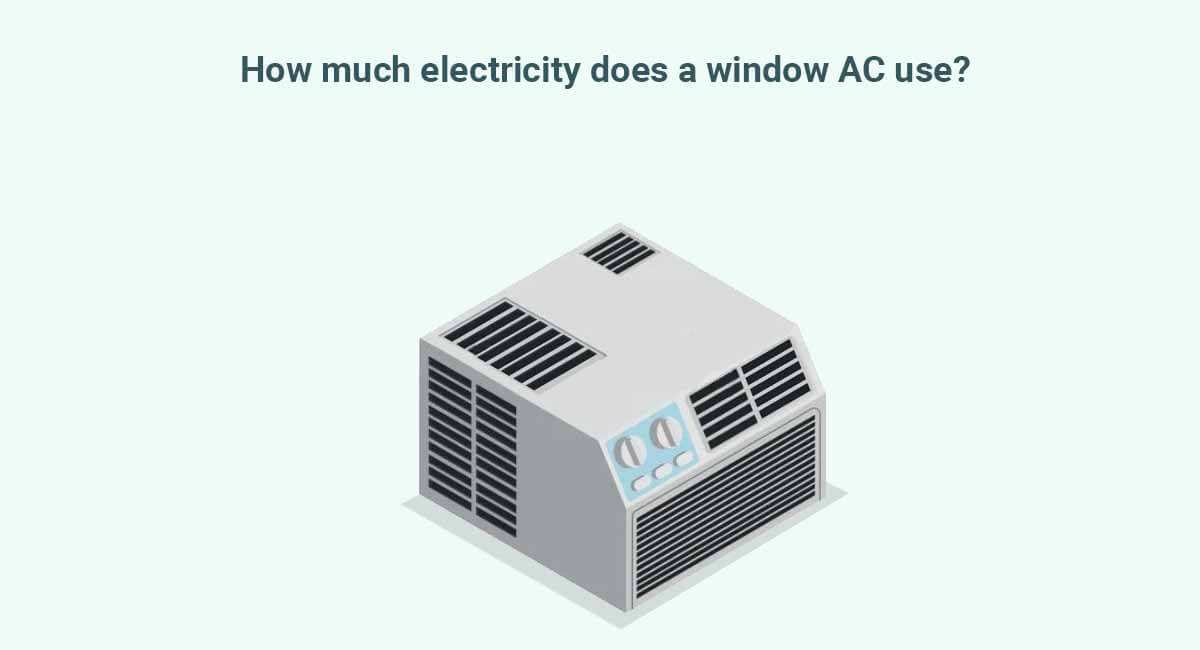



![How Much Electricity Does A Window Ac Use Per Day Window AC Wattage [2024 Study | Most Efficient & Lowest W]](https://ecocostsavings.com/wp-content/uploads/2022/04/window-ac-room-size-chart-768x1920.jpg)

